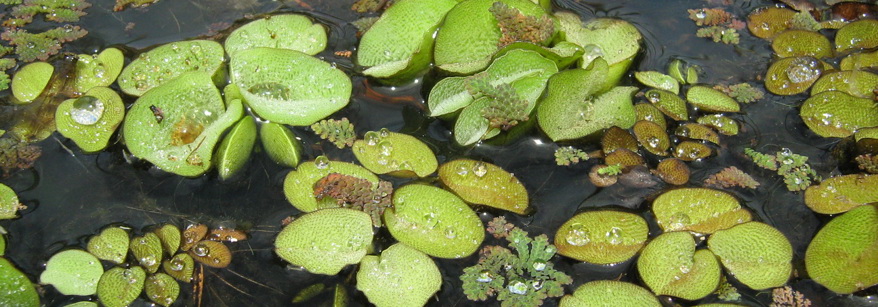|
The Progressive Containment programme covers pests that are established enough that eradication is not feasible, but it is possible to prevent it from spreading to other parts of the region, to reduce the distribution within the region, or to eradicate the pest from parts of the region.
Management Regime for the progressive containment programme
Requirement to act - refer to the full Regional Pest Management Plan for the specific rules that apply to this programme
Council will enforce progressive containment rules as set out in Table 8 of the RPMP. Occupiers are responsible for the destruction of prescribed pest species on property they occupy. Council and occupiers may develop pest management agreements.
Service delivery
Council will maintain control and management of: • African feather grass • Alligator weed • Asian paddle crab • Asiatic knotweed • Catfish • Clubbed tunicate • Feral goats • Rudd • Spiny emex • Tench* • Wallaby • Yellow flag iris
These pests are high risk (but will not meet the eradication objective) and do not lend themselves to occupier control responsibilities.
*Note Council will need to obtain appropriate permission under the Conservation Act 1987 to manage tench as they are scheduled sports fish and subject to the Conservation Act 1987 and Freshwater Fisheries Regulations 1983.
Council may provide service delivery for some other progressive containment pests to protect environmental, public or production values and also in accordance with mapped containment areas as shown in operational plans.
Council will work in partnership with other parties that have pest management responsibilities and interests.
Council inspection
Council will monitor the success of progressive containment of these pests by recording the extent and/or density of the subject pest in the areas where it is present.
Council will work with crown agencies and entities for the progressive containment of these pests on crown owned/managed land.

The above pest infestation curve is used to help determine which control programme is most appropriate. The further to the left a pest is on the curve, the easier it is to control.
Once a pest becomes established and move to the right, the cost of control increases significantly and likelihood of eradication decreases.
|


